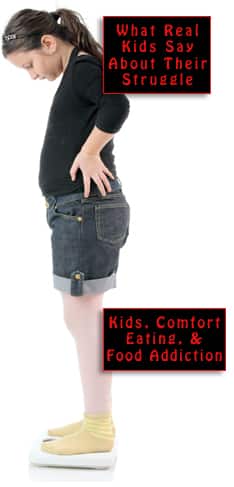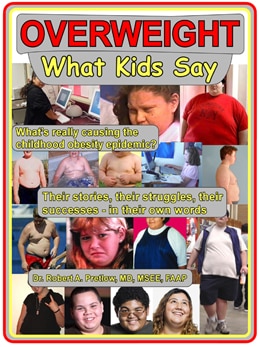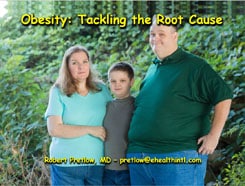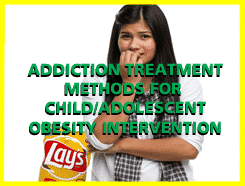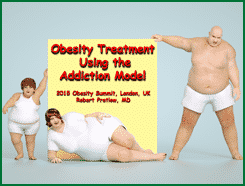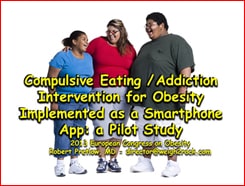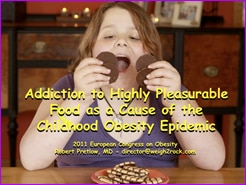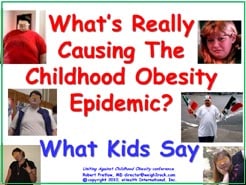Coronavirus Chronicles — Who Catches COVID-19? (Continued)

After all these months, some people still believe that kids can’t catch the virus, and neither can healthy, non-obese adults who take care of themselves, watch their diet, exercise regularly, and swallow zinc supplements. Neither proposition is supportable.
Childhood Obesity News is aware that overweight and obese children are more susceptible. SARS-CoV-2 seems to have an affinity for fat cells. So there is plenty of reasons to worry about those kids, and also about the normal-weight kids who have already gotten COVID or are in danger of getting it. Some are so adversely affected that they can’t get back on track, and are destined to become next decade’s morbidly obese children and youth.
When adults become critically ill or die, kids lose their parents and grandparents, their guardians and mentors and caregivers, teachers and coaches. Which is why it is important to emphasize, as often as possible, that ostensibly healthy adults can definitely catch coronavirus.
An equal-opportunity predator
Although the virus considers fat cells to be a congenial environment, apparently it would just as soon take up residence in a moderately well-maintained body or even an exceptionally sculptured one.
In Texas, 44-year-old gym owner Antonio Rodriguez, whose condition was several notches above fit, dragged his feet on making a vaccination appointment. When he finally nailed down a date and time, it was already too late, because he fell ill and was hospitalized, and nearly died of COVID. He told the press,
I was thinking I’m invincible… I don’t even have allergies… Right now, me standing up taking two or three steps feels like I just ran a 400-meter sprint.
Now, he urges everybody to be jabbed at the earliest possible opportunity.
In contrast, a Tennessee politician started out as one of those “no worse than the flu” guys, and then he caught COVID. Almost two months on a ventilator, plus a liver transplant, did not alter his opinion. In contrast to Rodriguez, he doubled down on championing people’s right to have not life-saving shots, but the virus. Finally back on the job, his first concern, reports Michael Daly, was petitioning the state governor to “call a special session of the legislature to prohibit local mask mandates and keep businesses from barring the unvaccinated.”
The journalist notes that the night before that letter was sent, the County School Board had met. Daly says,
The board acted by voting unanimously to impose a mask mandate that allows for medical and religious exemptions. Anti-maskers followed some of the pro-mask witnesses into the parking lot and threatened them for having spoken proven and documented truth.
“We know who you are!” one anti-masker cried out. “You can leave freely, but we will find you!”
Another warned, “Actions have consequences!”
Actions do indeed have consequences, a maxim so universally applicable that it can mean anything to the speaker or the hearer. We will be looking at more consequences that actions have.
Your responses and feedback are welcome!
Source: “North Texas Gym Owner Urges Vaccines After He Nearly Died From COVID-19,” NBCDFW.com, 08/13/21
Source: “This Tennessee Republican Nearly Died From COVID. Now He’s Fighting Masks.,” TheDailyBeast, 08/13/21
Image by Stockphotokun/CC BY-SA 2.0










 FAQs and Media Requests:
FAQs and Media Requests: 